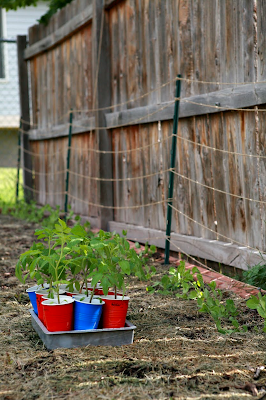Debeaking chickens is controversial. This is the process
where part of the upper and sometimes the lower beak of the chicken is removed
with electrically heated blades and more recently with infrared lasers. Debeaking implies complete removal of the beak.
“Beak trimming” or tipping is more descriptive as less than one third of the
beak is removed. It is usually done to day-old
chicks while they are being vaccinated and sexed. The procedure is most common
for Leghorns or Red Sex-link hens that are destined for layer houses. Broiler (meat)
chickens are rarely beak trimmed.
| Normal beak |
 |
| Beak trimmed |
Cons
Why is it bad to beak trim chickens? There is evidence that the heated blades cause pain to the chickens. How painful is it? We don’t know. Our friends
in various “animal welfare” groups liken it to the holocaust of WWII. Well that
is nonsense. My poultry specialist coworkers at the university explain that
there are nerves going into the beak so the pain is probably a little greater
than clipping your fingernails. On the piercing pain scale, it is probably more
painful than an ear piercing but much less painful than a tongue piercing.
Perhaps the pain is similar to a nose piercing. On the tattoo pain scale it is
probably more painful than that small star on the ankle but much less painful
than the Harley Davidson across the back. Maybe the pain is similar to a medium
size serpent going up the arm. The infrared lasers appear to cause even less pain.
I am more utilitarian about the issue of beak trimming. In my
backyard, I want sharp beaks on my chickens so that they can forage
easier. I want them able to pick at shelled insects, garden refuse, and table
scraps. And my hens with sharp beaks take care of the mice in the chicken coop
better than cats do.
Pros
So are there good reasons to beak trim backyard chickens? Last
year, I had a demonstration flock of leghorns and red sex-links at the University
research farm. They were playing nicely together for weeks until one day, when
for no apparent reason, all of the red sex-links started pecking at the base of
the tail on the top back of the all of the leghorns. By the time I discovered it just a few hours
after I had earlier observed them, the leghorns were a bloody mess. So I had to
separate them. A couple of days ago, I found two leghorns who had been pecked
to death by the other leghorns. Again, there was no apparent reason. There is
plenty of room in the coop and paddock with good feed and water. Chickens just
go crazy once in a while, particularly high strung layer breeds. So I think there are merits to beak trimming
backyard layers. It can be argued that it is a good animal welfare practice.



























